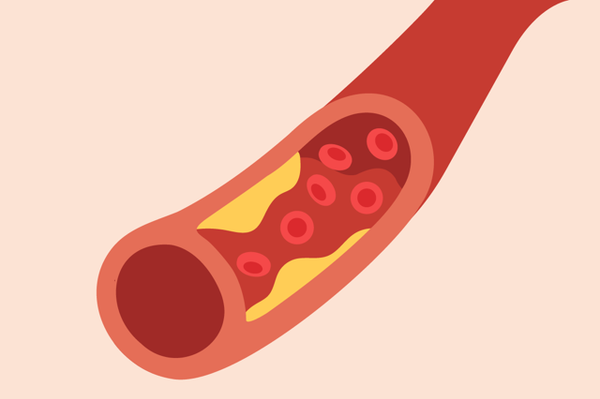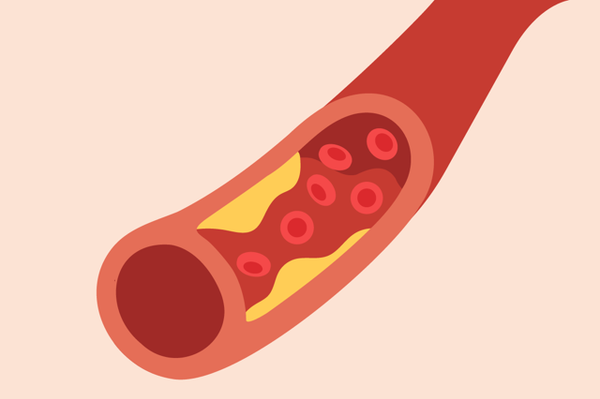Blood-thinning medication is commonly prescribed for people with atrial fibrillation, or AFib, to help reduce the risk of stroke.
When you have AFib, the chaotic rhythm of your heart may cause blood to pool in your heart's upper chambers (atria) and form clots. If a blood clot forms, it can dislodge from your heart and travel to your brain. There, it might block blood flow, causing a stroke.
Blood thinners are important because they can lower your risk of a stroke. However, there are some instances when a reversal treatment may be needed to reverse the effect of a blood-thinning medication.
Emergency situations when extensive bleeding occurs are serious and can become life threatening if you're taking a blood thinner. In these instances, a reversal treatment may be necessary to reduce the bleeding risk.
Reversal treatments are administered by a health care provider. Reversal treatments work during an emergency to reverse the blood-thinning effect of blood-thinning medications. Ask your health care provider about available reversal treatment options. The use of a reversal treatment may lead to an increased risk of stroke and blood clots from the underlying condition for which the blood thinning medication was prescribed. Your doctor will restart you on a blood thinner as soon as possible to reduce the risk.
Because you never know when an emergency may occur, carry an emergency medical card that explains you are taking a blood-thinning medication.
This resource was created with the support of Boehringer Ingelheim Pharmaceuticals, Inc.







